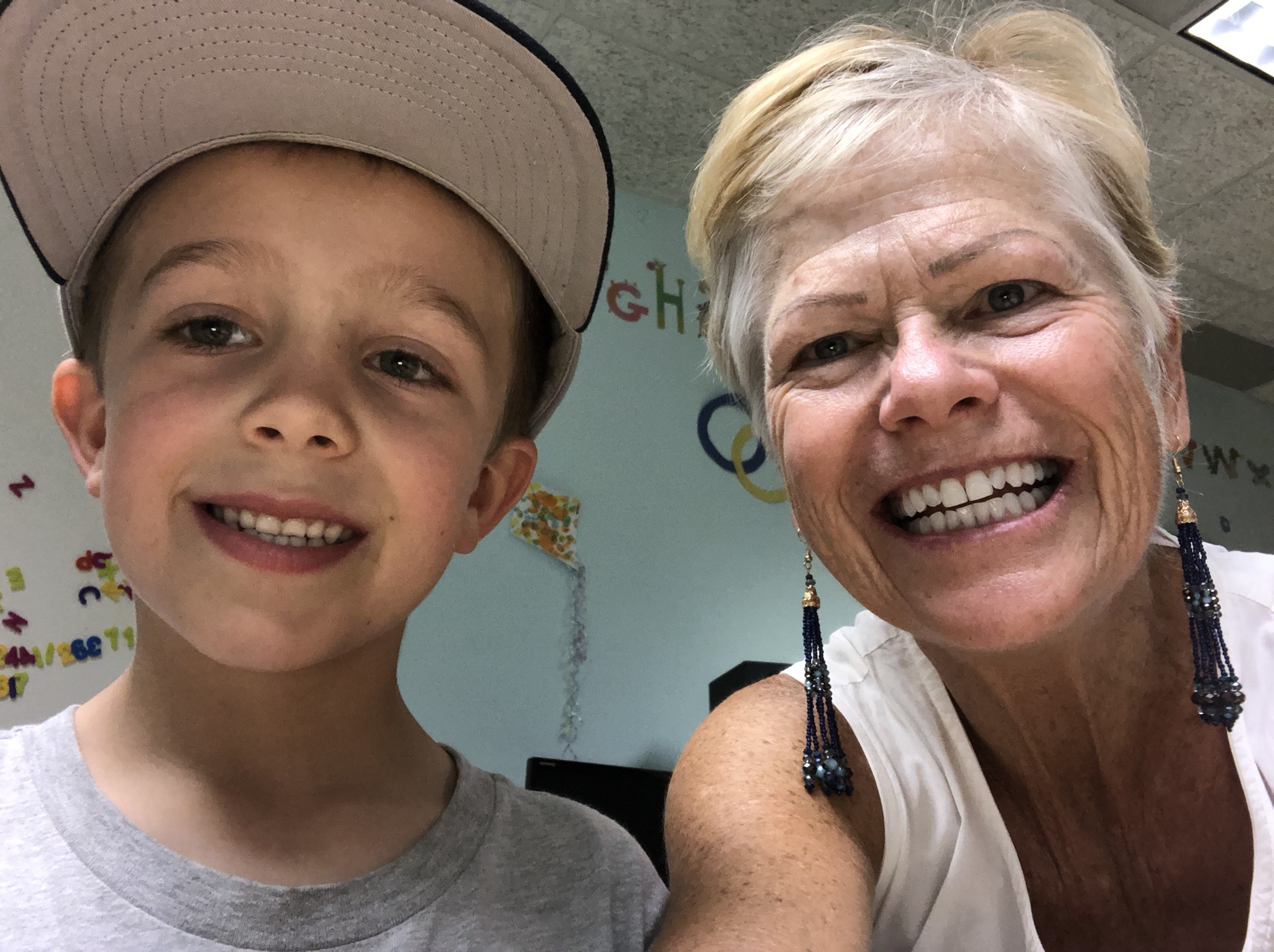Latest Causes
Treatment Options
Available Services
Stuttering treatment is for people of all ages. Therapy is designed to meet the needs of the individual, as all people who stutter do so differently and experience the challenges uniquely. In addition to designing treatment individually, there are different ways to receive that treatment. Options include individual and group treatment, teletherapy, and weekly or intensive treatment. Freedom to Speak strives to offer state of the art treatment for all people who seek relief from stuttering. The following treatment programs are currently available:
Latest Causes
Treating the Pre-School Child

Clinical and scientific research has confirmed that early treatment is most effective in overcoming the “stuttering syndrome”. It is at this age that the brain is most maleable and that stuttering behaviors have had the least time to establish firm, neurological connections. It is not uncommon for children who receive treatment at ages two, three and four to recover fully from the stuttering syndrome. Parents play a critical role in the recovery of their young children who stutter. Preschoolers imitate their parents in every way including speech motor patterns. Because of this, the environment and the people in it become key factors to therapeutic success.
Ms. Cochrane works directly with you and your child in your home, daycare facilities, or over telecommunications. Fluency-enhancing techniques are introduced to both parents and child. This approach to therapy empowers parents to implement and reinforce a more effortless way of speaking, thus eradicating stutter-like behaviors and creating a smoother and easier speech sound production for the child. There are several approaches to treating young children who stutter. One approach alone does NOT suite all children and families. Ms. Cochrane and each parent work together to build a program that is right for each individual child and their family.
It is never too early to begin teaching children how to regulate emotionality and physicality; both of which
impact talking.

Scientific research supports that children who stutter show biological differences in reactivity and emotional regulation. These differences are reflected in the following behaviors: quick and automatic emotional reaction, hyper-vigilance to thoughts/behaviors/desires, and less tolerance of uncertainty. In addition to these "regulation" issues, children who stutter may display weaknesses in ability to attend and use of working memory. Associated communication challenges include auditory processing and oral motor functioning. A well-designed treatment program includes objectives and strategies to address these weaknesses.
Latest Causes
Treating the School-Age Child
Children between the ages of 7-12 years have entered a more "social" stage of development, where they are able to recognize subtle changes in speech production. These changes in perception require changes in treatment. They are taught smooth speaking techniques, speaking modifications as well as coping strategies to deal with teasing and negative thoughts and feelings.

Family continues to be an important element in the therapeutic process. Parents are supported and encouraged in how to be most helpful to their child’s success. Peers, as well, are used to encourage and motivate each other. Teachers are instructed in the best ways to help the school-age child transfer his easier speaking skills to the school environment. Often, Susan conducts therapy sessions in the private therapeutic setting, at school, and/or teams with the school-based speech therapist in order to better integrate newly acquired speaking skills into the child's school environment.
Together; Ms. Cochrane, parents, siblings, teachers, friends and other significant people in the child’s life, link to the child who stutters, sustaining him/her during this time of change.
Latest Causes
Treating Teens and Adults

This group of teens is applying "forward moving" physical and cognitive applications to "natural" social interaction. Fun and humor; as well as social interaction are used to build confidence in social situations.
Therapy for the adolescent and adult person who stutters is highly individual. The person who stutters brings to therapy with them, years of varied experiences, demanding differential approaches to treatment. Ms. Cochrane’s comprehensive treatment method includes attention to physical changes applied to the speech mechanism. Three main systems are targeted;
- Respiration
- Phonation
- Articulation
Time is spent on manipulation of each. Participants are then taught to smoothly coordinate the systems, resulting in a natural speech production. The amount of time directed toward each component of stuttering is dependent on individual need.
- Thoughts
- Feelings
- Attitudes
Thoughts and feelings contribute significantly to perpetuating the stuttering syndrome. With guidance and support, the adult client considers how his own beliefs and attitudes may be contributing to the stuttering syndrome. Together, with Ms. Cochrane, these elements are challenged, and gradually modified so as to sustain the physical changes made during the therapy sessions. Avoidance Reduction Therapy, Mindfulness Training, and Acceptance and Commitment Thrapy are used with adolescent and adults.
- Transfer
- Maintenance
Almost immediately therapy is taken outside of the clinic into a social environment. Therapy sessions are held in restaurants, malls and stores. Clients are supported in making telephone calls and giving speeches.
Therapy may be conducted individually or in a group. Group work is often most successful, as members benefit from the insights and experiences as well as the support of others.
Culmination of the therapy process depends upon individual goals created jointly by Ms. Cochrane and the client.
Latest Causes
Telecommunications

State-of-the-art stuttering therapy is literally, "at your finger-tips". Teletherapy is a credible and effective means of conducting stuttering treatment. From pre-school to adult therapy, teletherapy works! Telepractice was approved by the American Speech-Language-Hearing Association (ASHA) as an appropriate method of service delivery in 2005.
Ms. Cochrane has been conducting successful
fluency treatment over the internet for over fifteen
years for people of all ages who stutter and
clutter.

Presley and her Dad (left), work together with Miss Susie (Susan Cochrane) guiding the therapy session from 1300 miles away. There are fewer than 100 Board Certified Fluency Specialists in the United States. The internet provides people who stutter and their families the opportunity to work with a specially trained Speech and Language Pathologist wherever they may live.





.png)